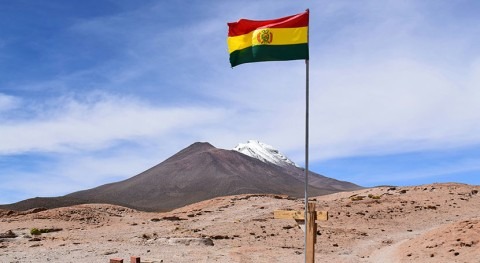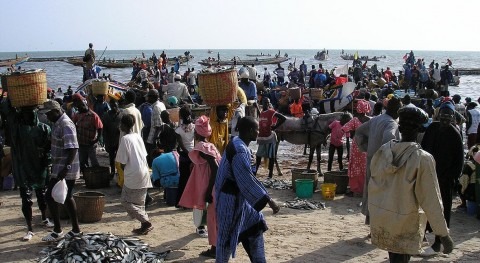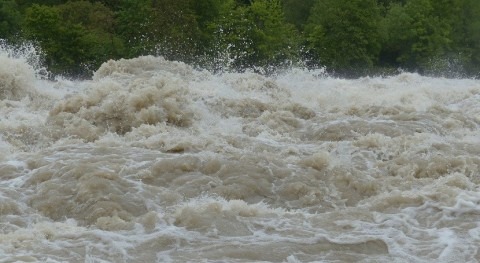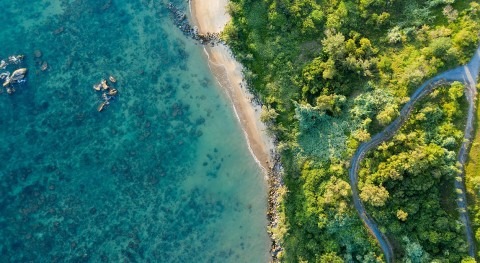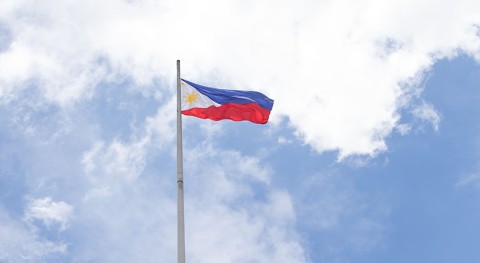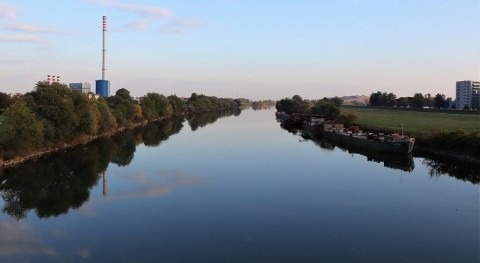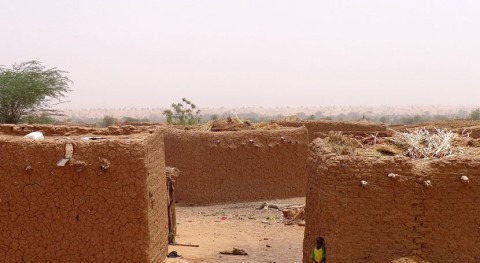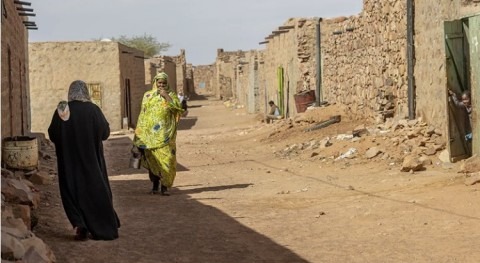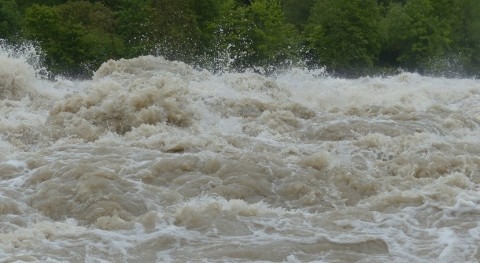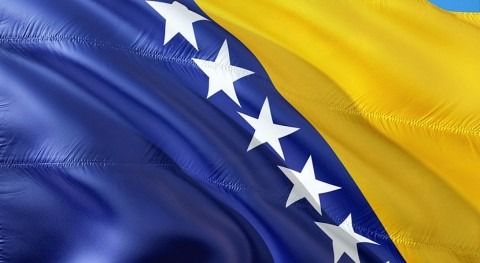How is the World Bank supporting India’s efforts to better manage its water resources:
1. Providing Drinking Water to Rural Areas
Historically, the government has been responsible for providing drinking water to 833 million rural people in some 640,000 villages across the country. Since 1991, however, it has sought to place communities in charge of their own water supply systems.
To help bring this about, four generations of World Bank projects have worked with India to test various reform options and pioneered new models of service delivery. Village level governments are now being empowered to choose, construct and operate their own water supply systems, with government water institutions playing the role of facilitator.
Since 2000, some $3.4 billion in World Bank support has helped 36 million people in 40,000 villages gain better access to drinking water . Strong community involvement has lowered the cost of infrastructure, curbed the leakage of funds, and led to huge savings for the state exchequer.
2. Groundwater
Over the past few decades, groundwater extraction has risen exponentially across India. India is now the largest user of groundwater worldwide, pumping out 25% of all the groundwater extracted in the world.
More than half of India’s districts are threatened by groundwater depletion or contamination. If current trends persist, 60 percent of India’s districts are likely to see groundwater tables fall to critical levels within two decades, placing at least 25% of the country’s agriculture at risk.
Unlike surface water bodies, which are managed by government institutions, groundwater management lies primarily in the hands of millions of water users across the country.
A new World Bank supported project will soon introduce water conservation practices and help equip communities 78 districts in seven Indian states to manage groundwater.
"Since 2000, some $3.4 billion in World Bank support has helped 36 million people in 40,000 villages gain better access to drinking water. Strong community involvement has lowered the cost of infrastructure, curbed the leakage of funds, and led to huge savings for the state exchequer."
3. Improving access to water on dry rainfed lands
India has among the world’s largest areas under non-irrigated (rainfed) agriculture, leaving farmers dependent on fickle monsoon rains to cultivate a single crop. In many poor rainfed parts of the country, a series of World Bank supported watershed projectshave used remote sensing images, soil profiles, and hydrological information to help communities build check dams, farm ponds and other water retention structures to make water available for many more months a year.
In the remote western region of West Bengal – one of the poorest parts of the state - another World Bank supported project is using the latest remote sensing technologies and mobilizing communities to build small, scientifically-placed irrigation structures. With water now available during the dry winter months too, farmers have been able to reap a second crop of vegetables and diversify into more profitable horticulture, giving a much-needed boost to family incomes.
4. Cleaning the Ganga
Only one-third of sewage from the hundreds of towns and cities along the Ganga is treated before it flows into the river, making India’s most iconic river a highly polluted one.
The World Bank’s National Ganga River Basin Project is helping build sewer networks and sewage treatment plants in several of the towns and cities along the river. The project’s investments in Prayagraj (Allahabad) are now complete. Soon, no untreated wastewater will flow into the Ganga at this critical stretch of the river.
5. Managing Floods and Droughts
Knowing how much water India has, where it has it, and when it has it, is essential for the country to manage its water resources effectively. This is especially important for reservoir managers, as even small mistakes when dealing with large volumes of water can have devastating consequences for lives and livelihoods downstream.
Since 1995, a series of World Bank supported hydrology projects – Hydrology I (1995-2003); Hydrology II (2004-2014) - have introduced systems and technology that enable reservoir managers to take crucial decisions so that their reservoirs remain full, dams remain safe, and no damage is caused downstream.
Installed at a cost of cost of Rs 30 crores, these reservoir management systems have helped avert flood damages of over Rs. 238 crores per year. They have also cushioned farmers and townsfolk from the harshest impacts of drought in the dry season.
Under the ongoing National Hydrology Project III (2017-2025) federal water agencies will now share critical water data with states in real time, making it transparent and accessible to all.
6. Enhancing Dam Safety in India
Given its highly seasonal pattern of rainfall, India’s 5,000+ large dams provide essential water storage for the country. However, many dams are ageing (605 dams are more than 50 years old and another 3,000 + are over 25 years) risking the lives of ever‐increasing numbers of people downstream.
A World Bank supported project is helping rehabilitate and modernize over 220 large dams in Kerala, Madhya Pradesh, Orissa, and Tamil Nadu. It is also helping reform institutions and strengthening regulations to make these dams both safe and financially sustainable.





